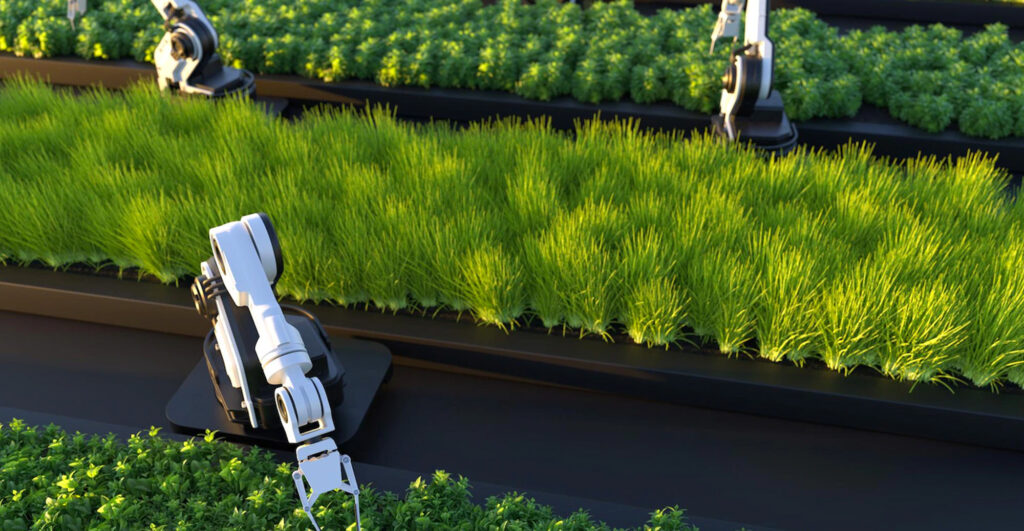
What is Hydroseeding?
Hydroseeding, also known as hydraulic mulch seeding or hydro-mulching, is a process that combines seed, mulch, fertilizer, and water in a single application. This slurry is sprayed onto the soil surface, providing a nutrient-rich environment that promotes germination and the growth of a healthy lawn.
Benefits of Hydroseeding
There are several reasons why homeowners and landscape professionals are turning to hydroseeding as their preferred method for lawn establishment. Some of the most notable benefits include:
Rapid Germination:
Hydroseeding provides optimal conditions for seed germination. The combination of water, nutrients, and a protective mulch layer accelerates the germination process, allowing for faster establishment of the lawn compared to traditional seeding methods.
Cost-effective:
Although the initial cost of hydroseeding may be higher than traditional seeding methods, it often proves more cost-effective in the long run. The quicker germination and establishment of the lawn reduce the need for additional seeding, watering, and maintenance.
Erosion Control:
The mulch component of the hydroseeding slurry helps to control erosion by stabilizing the soil and retaining moisture. This is particularly beneficial for sloped areas or regions prone to heavy rainfall, where traditional seeding methods are less effective.
Water Conservation:
The mulch layer in hydroseeding helps retain moisture in the soil, reducing the amount of water required to establish the lawn. This is not only environmentally friendly but can also save homeowners money on their water bills.
Improved Lawn Quality:
Hydroseeding promotes the growth of a dense, even lawn with fewer weeds than traditional seeding methods. The mulch layer helps to suppress weed growth, while the custom seed blends can be tailored to suit the specific needs of your lawn.
While growth may vary depending on multiple factors, the following timeline provides a general estimate for the growth stages of a hydroseeded lawn:
Germination (7-14 days):
Under optimal conditions, grass seeds typically germinate within 7 to 14 days. During this phase, the grass seed absorbs moisture, swells, and grows out tiny root structures known as radicles.
Seedling Stage (2-3 weeks):
Once germination occurs, the seedlings begin to emerge, producing the first visible blades of grass. It takes approximately 2 to 3 weeks for the grass to establish a strong root system and develop into young seedlings.
Establishment (4-8 weeks):
Over the next 4 to 8 weeks, the grass seedlings continue to grow and fill in the lawn area. With proper watering and maintenance, the lawn should start to take shape, and the density of the grass coverage will increase.
Maturation (2-3 months):
As the hydroseeded lawn continues to grow and mature, it becomes denser and more resilient. By the end of 2 to 3 months, the grass should reach an optimal height and thickness, resulting in a lush, healthy-looking lawn.
Tips to Encourage Growth of Hydroseeded Lawn:
To encourage the rapid growth of your hydroseeded lawn, it’s crucial to follow a few essential steps:
Watering:
Proper watering is critical to the successful establishment of a hydroseeded lawn. Keep the seeded area consistently moist, especially during the first few weeks after hydroseeding. Depending on weather conditions, this may require watering multiple times a day.
Fertilization:
Although the hydroseeding slurry contains an initial dose of fertilizer, you will need to continue fertilizing the lawn as it grows. Follow the recommendations of your hydroseeding professional or conduct a soil test to determine the appropriate fertilizer schedule for your specific lawn.
Mowing:
Once the grass reaches a height of about 3 inches, it’s time for the first mowing services. Be sure to use a sharp mower blade and avoid cutting more than one-third of the grass height at a time to prevent stress on the young grass plants. Regular mowing, typically once weekly, will help the grass thicken and promote lateral growth.
Weed Control:
It can compete with your hydroseeded grass for nutrients, sunlight, and water, hindering its growth. Apply a pre-emergent herbicide specifically designed for use on newly seeded lawns to prevent weed seeds from germinating. Be sure to follow the manufacturer’s instructions and guidelines for application and timing.
Soil Monitoring and Aeration:
Regularly monitor the soil moisture levels to ensure your hydroseeded lawn has the ideal growing conditions. Over time, compacted soil can hinder root growth and nutrient absorption. Consider aerating the lawn using a core aerator to alleviate soil compaction and improve water infiltration.
Hydroseeding is an excellent option for those looking to establish a healthy, lush lawn quickly and reliably. It’s worth noting that hydroseeding is not a one-time solution but should be part of your ongoing lawn-care program to ensure a lush and healthy lawn that will last for many years to come. Ready to transform your lawn into a lush paradise? Don’t wait any longer! If you’re a resident of St Leonard, MD, and surrounding areas, contact Top Cuts Tree Service and Landscaping today at 443-975-4810 to schedule a free estimate.
FAQs
Potential disadvantage of hydroseeding is that it requires a sufficient water supply during the initial stages of growth. Additionally, if not properly maintained, weeds may compete with the young grass. However, these challenges can be mitigated with proper watering techniques and weed control measures.
Proper care after hydroseeding includes frequent and light watering to keep the soil moist, avoiding excessive foot traffic on the newly seeded area, and following a recommended mowing schedule. Applying a suitable fertilizer and controlling weeds are also essential for the successful establishment of the hydroseeded lawn.
The best time to hydroseed depends on your specific climate and grass type. Generally, early fall or spring is recommended when the temperatures are moderate and there is ample moisture. This allows the grass seeds to germinate and establish before extreme heat or frost sets in.